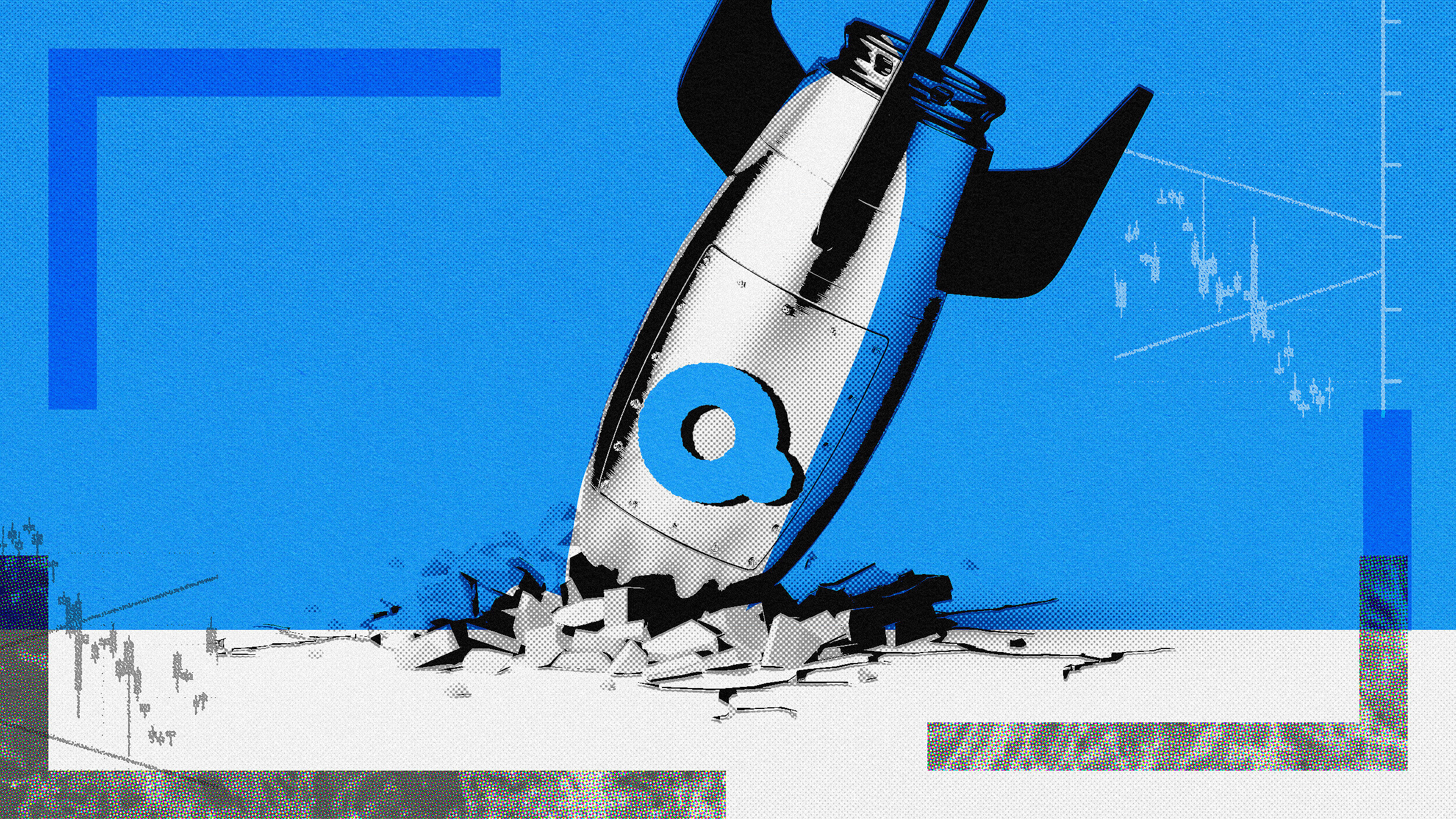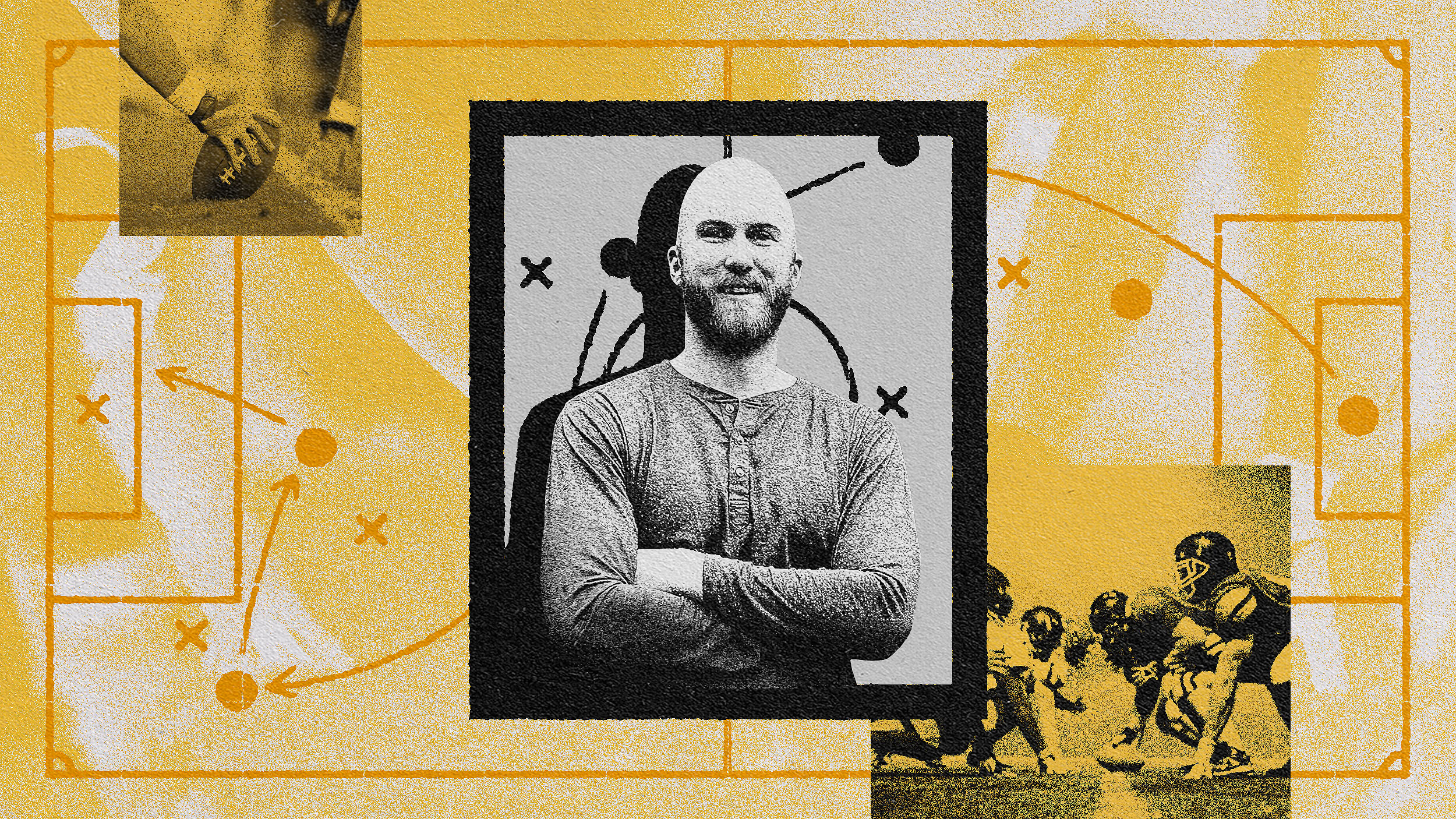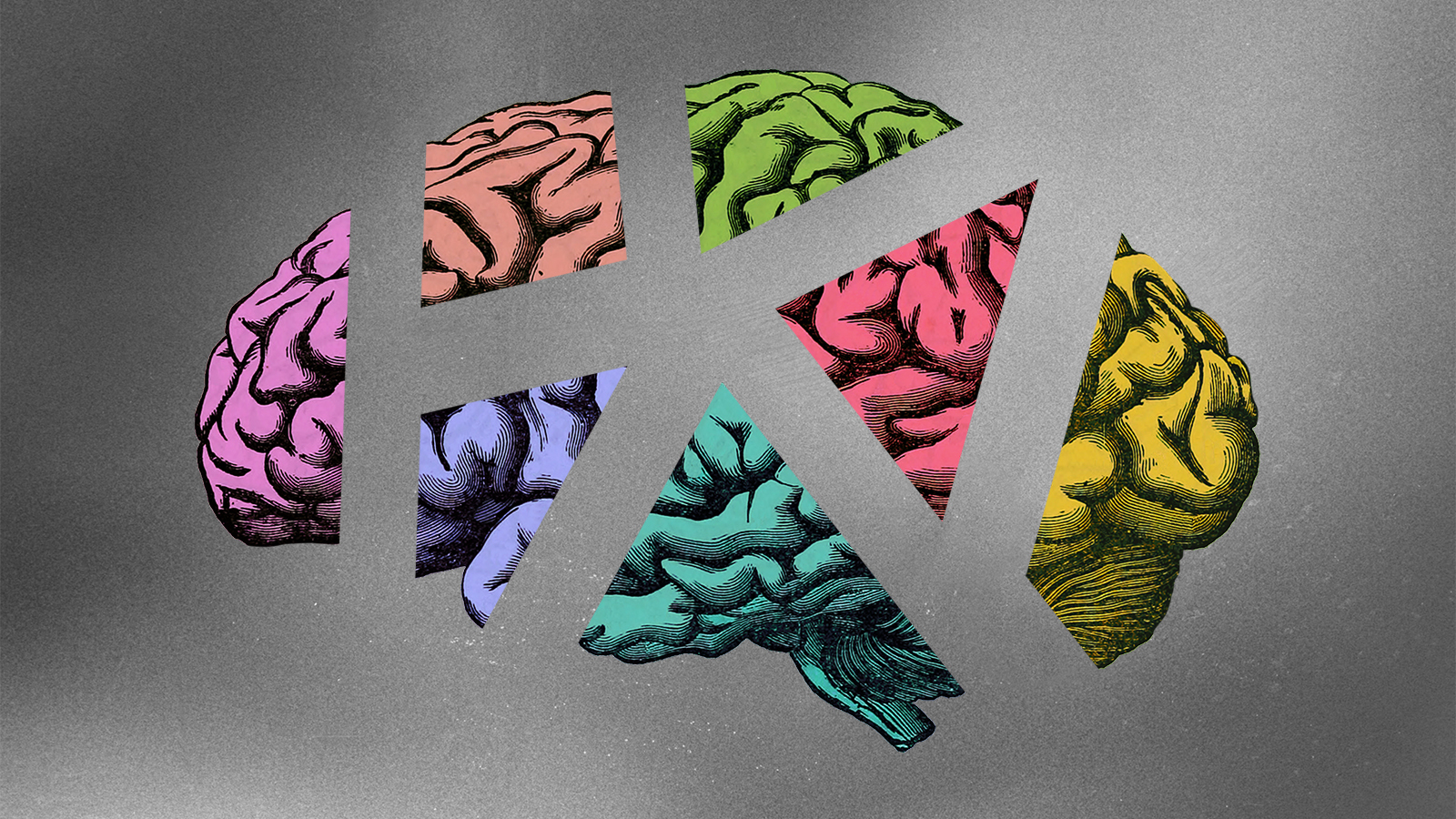The Digital Tablet: Creating an Alternative to “Lean Forward” or “Lean Back”
n

During the peak of the social media revolution, “lean forward” was one of the buzzwords that was bandied about quite often to explain the changing habits of media consumption. The term “lean forward” implied a deeper engagement with the content, rather than just passive consumption – the type of content that you’d share with your friends on Facebook, tweet about on Twitter and interact with in real-time. On the other hand, “lean back” content was all about watching TV on the couch and passively consuming content. Not surprisingly, the goal of every brand over the past 24 months has been to offer “lean forward” content (in a brilliant co-opting of the term, MSNBC now refers to itself with the tagline Lean Forward TV).
But is there a third way – an alternative to Lean Back and Lean Forward that we haven’t considered? The tablet computing generation seems to be creating just such an alternative. Consider the typical advertising for the Apple iPad — what’s surprising is how many of these iPad ads show people in a middle mode between “lean back” and “lean forward” — a mode in which the tablet is positioned on the user’s knee. Clearly, Apple seems to be promoting a form of media consumption that is more passive than “lean forward,” yet more active than “lean back.” (In the image above, for example, the user is clicking through the iBooks app on the iPad to download a new book.)

Obviously, there’s something going on here. The continuing evolution of digital devices is changing our media consumption habits – and there’s a whole new ecosystem emerging to take advantage. Think about apps like Instapaper or Flipboard, which make it possible to engage with content in new ways, transforming “lean forward” content into “lean back” content that can be consumed later at greater leisure (e.g. riding on a subway train, without the need for Wi-Fi access).
It will be interesting to see how the next generation of tablet devices — such as the Motorola XOOM and the BlackBerry PlayBook — create new types of content experiences that play on the underlying tension between the “lean forward” and “lean back” mindsets.
n





